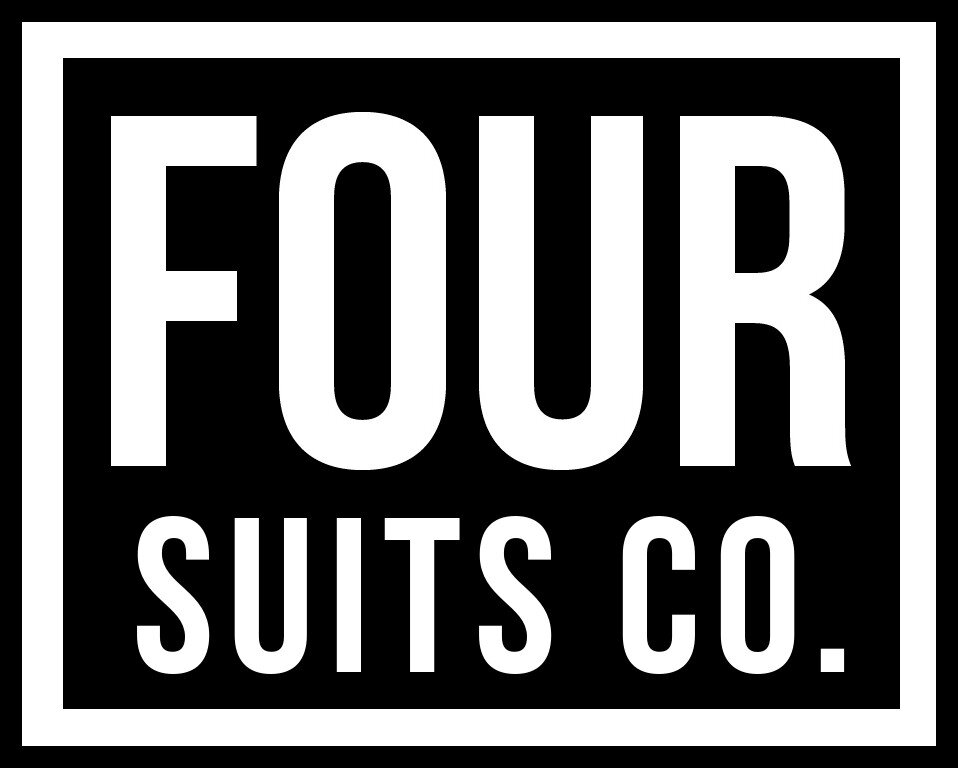Magic & Tech
Technology, within the realm of magic, generally serves to generate experiences, subserviently living in the background until you call upon it to enact your physical feats. Think: Pepper’s Ghost, Legerdemain, Invisible Wires. However, throughout magic history, one field has successfully merged the two fields of technology and magic to both be presented within the spotlight: Automaton. Here is where technology occupies the stage, and it is the magician who works backstage. The automaton fulfills our fascination that the mechanical turk may somehow have a soul, and that is where the magic is created. We ask questions: Do we really have this power? Can we generate a machine that can act as a human? In the explorations we’ll have within illuminating the technical elements of magic, it is important to understand how it has functioned within the past so that we may understand how we may introduce it again now.
Magic is inherently a cognitive, and therefore, mostly intellectual human pursuit. Without the perceptive flaws of a cognitive mind, magic would cease to function. To an omnipresent eye, magic is the exact series of both public and secret actions that comprise an effect. To the human eye, however, magic is a series of public action made possible by secrets. Just as a card trick has a human side to it as well as a technical side, it is interesting then, how in the automaton, the technical and human are one and the same. The mechanical face is made to resemble a human, and it’s actions are made to represent a magician or other performer. This experience in itself, while someone magical, can’t be strictly described as magic. However, what happens when this machine does something only a human can do? Such as improvise, or react to stimuli. How can a series of metal gears react to your every chess move? How can metal fingers locate your card within the deck? How can machine be transmuted into flesh?
— J.R.

